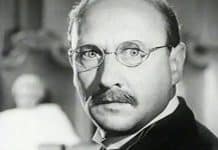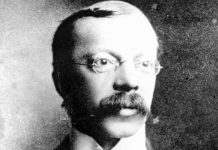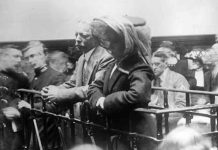For the last hundred-and-a-bit years, the name Crippen has become synonymous with murder and his ghastly, gory crime remembered, mis-remembered and embellished.
ANDREW GARVEY takes a look through the British Newspaper Archive and a hefty amount of Googling gives us the following (very selective) timeline of just a few of the more bizarre, notable and telling incidents and references in Crippen’s post-execution career.
Dr Crippen timeline
April 1912 – the Western Times print a story about a music hall artist who temporarily loses their pet python. Why? Because said performer lives at 39 Hilldrop Crescent, Crippen’s former home.
October 1930 – as with so many high profile people connected to the trial, the obituary for Crippen’s solicitor Arthur Newton leads with a reference to the trial. This is particularly striking in Newton’s case since, as the Nottingham Evening Post detail, he was more than a little controversial, having been suspended by the Law Society at one point and later imprisoned for three years. That the headline should be ‘He Defended Crippen’ gives some idea of the case’s name value, even twenty years later.
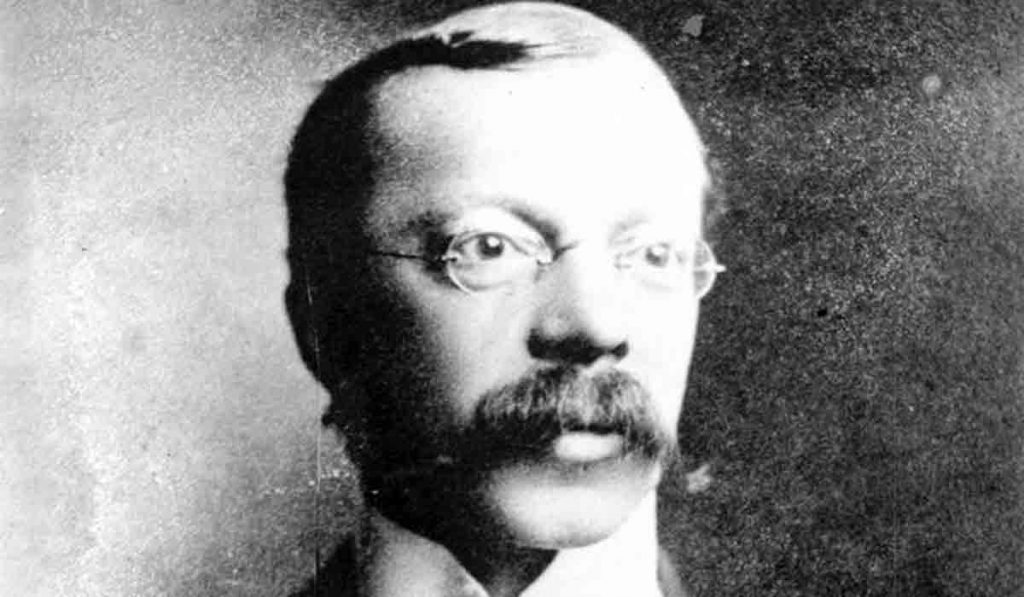
June 1931 – the Dogger Bank earthquake, the strongest ever recorded in the UK, reportedly causes the head of Crippen’s Madame Tussaud’s waxwork to fall off.
February 1940 – the Gloucestershire Echo print a letter from an aggrieved airman complaining about “hysterical pacifists” in which his prime examples of murderers are Jack the Ripper and Dr. Crippen. The linking of the two in the public’s imagination was hardly uncommon.
December 1947 – Crippen’s arresting officer, Inspector Walter Dew dies aged 84 and several newspaper obituaries note his oft-quoted opinion that “compared with Jack the Ripper, Crippen was an angel.” Again, the two men, despite the very clear differences between them, are closely linked.
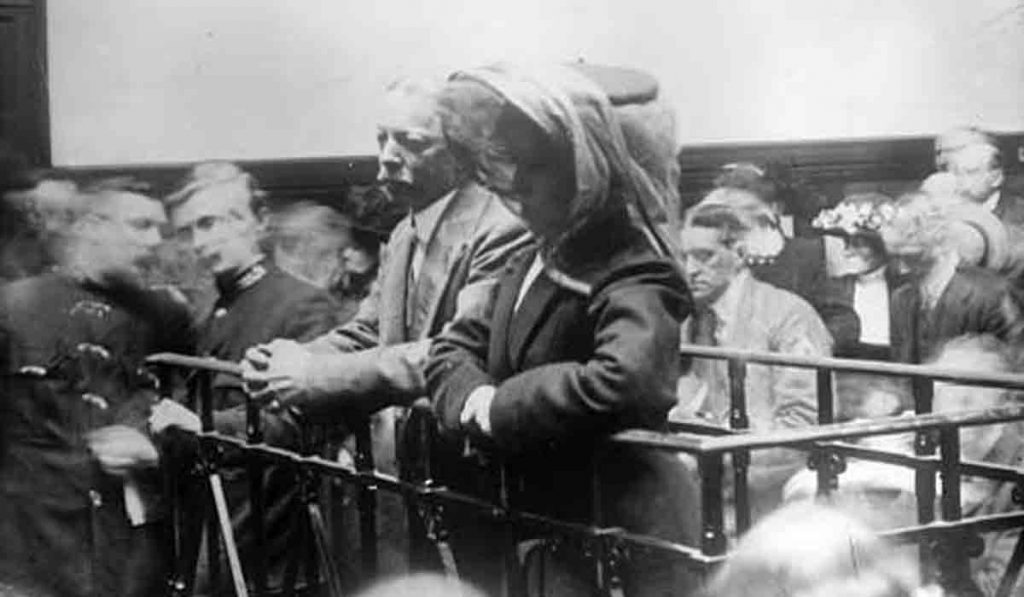
February 1964 – Dr. Crippen, a film starring Donald Pleasance as Crippen, which questions the extent of his guilt, opens in the United States, advertised with the truly superb tagline “if you want to remember your wife, send flowers. If you want to dismember her… see Dr. Crippen.”
May 1988 – BBC Radio One legend John Peel introduces a session by Lancaster hardcore band Dr and the Crippens, that includes the wonderfully catchy Don’t Look in the Freezer with the following Crippen-inspired lyrics:
“Don’t look in the freezer, there’s something nasty inside,
Don’t look in the freezer, you won’t like what you find,
Because daddy’s murdered mummy, chopped her up in bits,
Yes, daddy’s murdered mummy, hidden her in the fridge.”
October 2007 – word that some Michigan State University scientists are questioning whether Crippen had killed his wife because a fragment of cloth recovered with the body does not match the DNA of her descendants inspires a slew of newspaper stories questioning Crippen’s guilt. In an age where everyone seems to think crime scene investigation is accurately portrayed on the glossy silliness of the CSI television franchise, this is happily seized upon as absolute proof that Crippen was the victim of a miscarriage of justice. Of course, this theory raises as many questions as it answers. Such as, if Crippen didn’t kill his wife then what happened to her?
July 2008 – David Aaronovitch, a British journalist and gifted debunker of conspiracy theories, writes a superb column for the Times dismantling the defence for the doctor entitled ‘I’ll eat my hat if Dr Crippen was innocent – OK?’
November 2008 – British crime novelist and solicitor Martin Edwards tackles the Crippen case in his acclaimed historical novel, Dancing for the Hangman.
December 2009 – after considering the new DNA evidence and reviewing the case, the Criminal Cases Review Commission – the public body set up to investigate possible miscarriages of justice – announces it will not be taking Crippen’s case any further.
September 2011 – Irish novelist John Boyne (most famous for the Boy in the Striped Pyjamas) has his 2004 retelling of the Crippen case as historical fiction, Crippen, re-released, both in print and for the Kindle.
October 2012 – a mock retrial, held as a special event at the Islington Museum to mark the one hundred and second anniversary of his conviction, clears Crippen of murder by a majority of 10-2. Crippen is defended by leading barrister John Cooper, QC.


